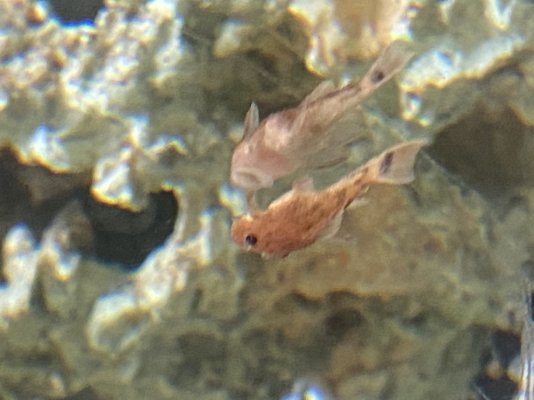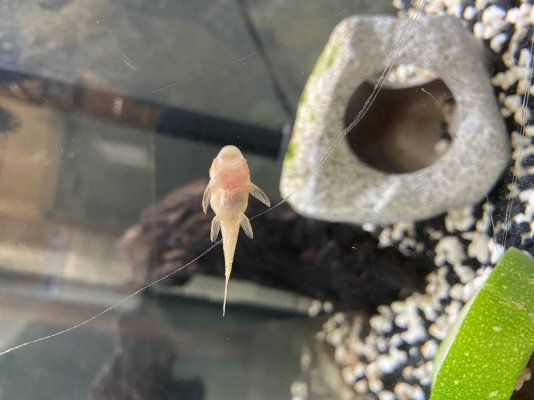To cycle a tank you need to grow denitrifying bacteria to consume ammonia and nitrite that your tank produces. The bacteria needs an ammonia source to grow colonies sufficient in size to consume all the ammonia and resultant nitrite and turn it into nitrate which typically you remove through your regular water changes.
A fish in cycle uses fish waste as an ammonia source and regular water changes are undertaken to ensure that water parameters are maintained at relatively non toxic levels.
Set up your tank. Make sure everything is running smoothly. Make sure you have used a water conditioner product with any tap water you have put in your tank. Seachem Prime is a water conditioner that will also detoxify some ammonia for a day or two, so is a good choice for a water conditioner while cycling a tank with fish.
You should have a test kit. Preferably a liquid test kit. It should test for ammonia, nitrite, and nitrate.
In ideal circumstances you should be starting a fishless cycle with a low bioload (number of fish). 1 small fish per 10 gallons/40 litres is a good number of fish, but this can be tweaked a little for fish that are social and don’t do well on their own. Ideally a hardy type of fish. You may have fully stocked (or overstocked) your tank before you knew about cycling. In these circumstances, if its not possible to return fish, you will have to make the best of it.
If you haven’t already done so, add your fish. Acclimate them to the water in your tank before doing so.
Feed lightly to start with. Daily as much as is eaten in 2 minutes, or as much as is eaten in 3 minutes every 2 days. You can increase to full feedings if you are confident your parameters aren’t getting too elevated too quickly and water changes don’t become a daily thing.
Start to regularly test the water for ammonia and nitrite. At least daily. Depending on your bioload you could start to see ammonia quite quickly. Nitrite will likely take a little longer to appear.
Your target should be to keep ammonia + nitrite combined no higher than 0.5ppm by changing water whenever your water parameters exceed this target. 0.5ppm combined is a level of waste that is sufficient for your cycle to establish but relatively safe for your fish.
If you see 0.5ppm ammonia and 0.0ppm nitrite (0.5ppm combined) then leave things be. If you see 0.5ppm ammonia and 0.25ppm nitrite (0.75ppm combined) then change 1/3 of the water. If you see 0.25ppm ammonia and 0.75ppm nitrite (1.0ppm combined) then change 1/2 the water. If water parameters get worse than these levels it may require multiple daily 50% water changes to maintain safe water conditions. This is more likely to happen with a fully stocked tank.
Remember to add water conditioner whenever you put tap water in the tank.
Over time the frequency of water changes and amount you need to change to maintain your ammonia + nitrite combined target will reduce. You can also start testing for nitrate and should see this rising. If you are finding the ammonia and nitrite in your tests are consistently low, and you aren’t already fully stocked, you can add a few more fish. It may take a few weeks to get to this point.
Once you add a few more fish, continue to regularly test the water and continue to change water if you exceed the 0.5ppm combined ammonia + nitrite target. With added bioload the frequency of water changes and amount you need to change may increase again until your cycle has caught up. Again once you are consistently seeing low ammonia and nitrite you can add some more fish. Rinse and repeat with testing, water changes, and adding fish when safe to do so until you are fully stocked.
You can then cut back on water changes to control nitrate only. Typically you want to keep nitrate no higher than 40ppm, but I would recommend changing some water every 2 weeks even if your water test says you don’t need to.
A fish in cycle from an empty tank to fully stocked can take several months.
A good way to speed up this process would be to put a small amount of filter media from an established filter into your filter, or get a sponge from an established filter and squeeze it into your tank water. Perhaps you have a friend who keeps fish who could let you have some? This will seed your filter with the bacteria you are trying to grow and speed up the process.
Another option is bottled bacteria like Dr Tims One + Only or Tetra Safestart. These products wont instantly cycle a tank as they claim but in a similar manner to adding established filter media they can seed your filter with the bacteria you are trying to grow to establish your cycle. These products are hit and miss as to whether they work at all, but are an option if established filter media isnt obtainable and may speed up the process from several months to several weeks.



